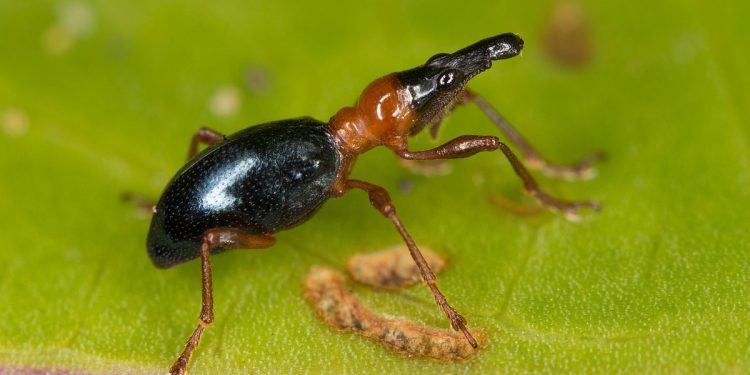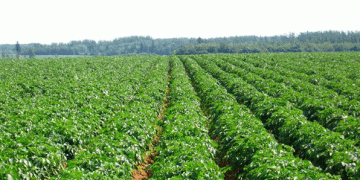#ProtectingSweetPotatoes #Cylasformicarius #SweetPotatoWeevil #IntegratedPestManagement #CulturalPractices #BiologicalControl #ChemicalControl #SustainableManagement
Cylas formicarius, commonly known as the sweet potato weevil, is a pest that poses a significant threat to sweet potato crops worldwide. These weevils damage the roots and stems of sweet potato plants, leading to stunted growth, reduced yield, and in severe cases, complete crop failure.
Developing effective strategies to combat the infestation of Cylas formicarius is crucial to ensure food security and economic stability in regions where sweet potatoes are a staple crop. Integrated pest management, which involves combining various control methods, has been shown to be the most effective approach in managing the sweet potato weevil infestations.
Cultural practices such as crop rotation and the use of clean planting materials can significantly reduce the population of sweet potato weevils. Biological control methods, such as the use of predatory insects, parasitic nematodes, and fungi, can also be used to control the pest population. Additionally, chemical control, using insecticides such as carbaryl, chlorpyrifos, and fipronil, can be used as a last resort when other control measures fail.
The development of sustainable and effective management strategies for Cylas formicarius is essential in ensuring that the production of sweet potatoes remains profitable and sustainable. Failure to do so can lead to significant economic losses and the loss of a vital food source for millions of people worldwide.






